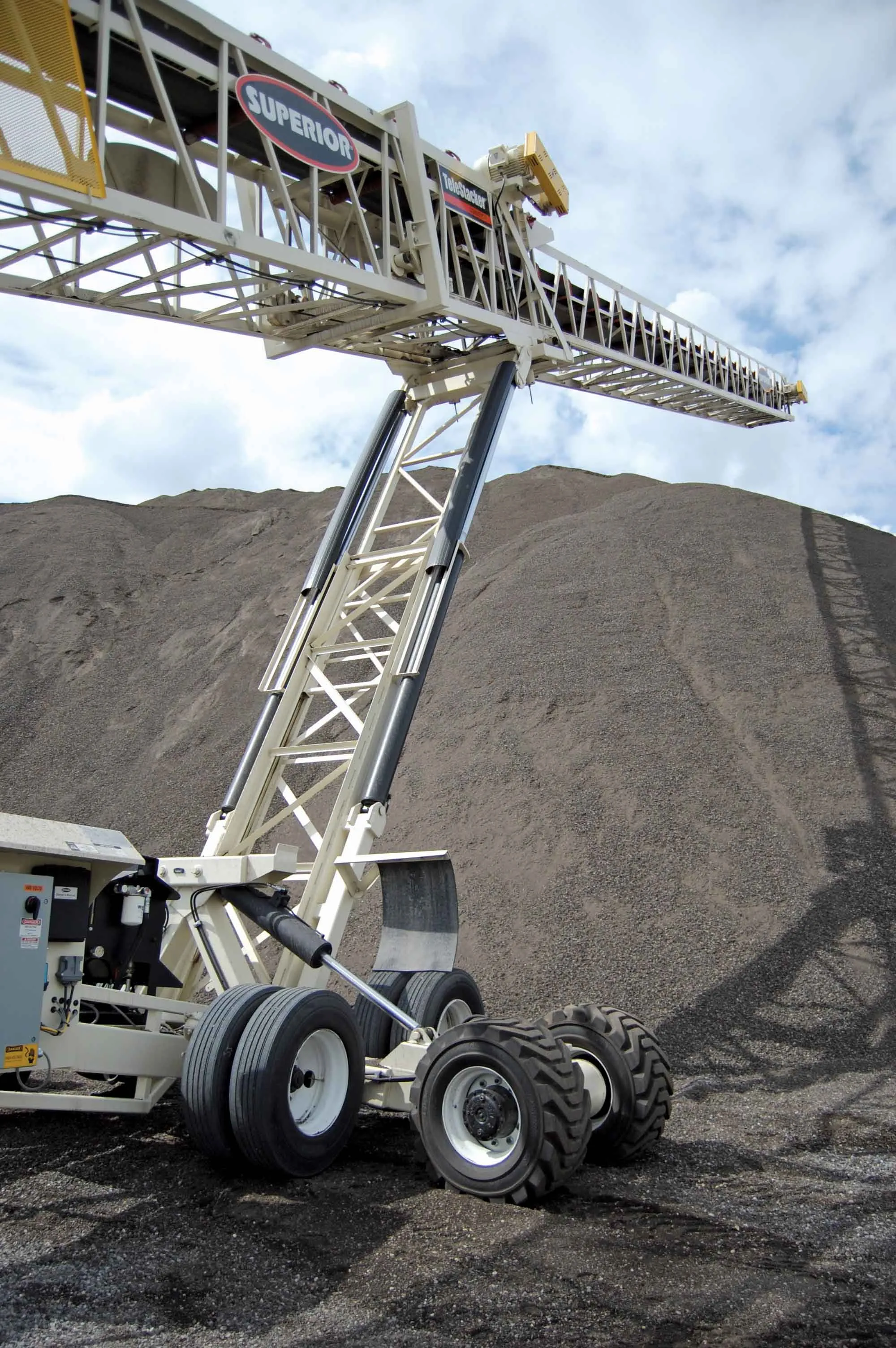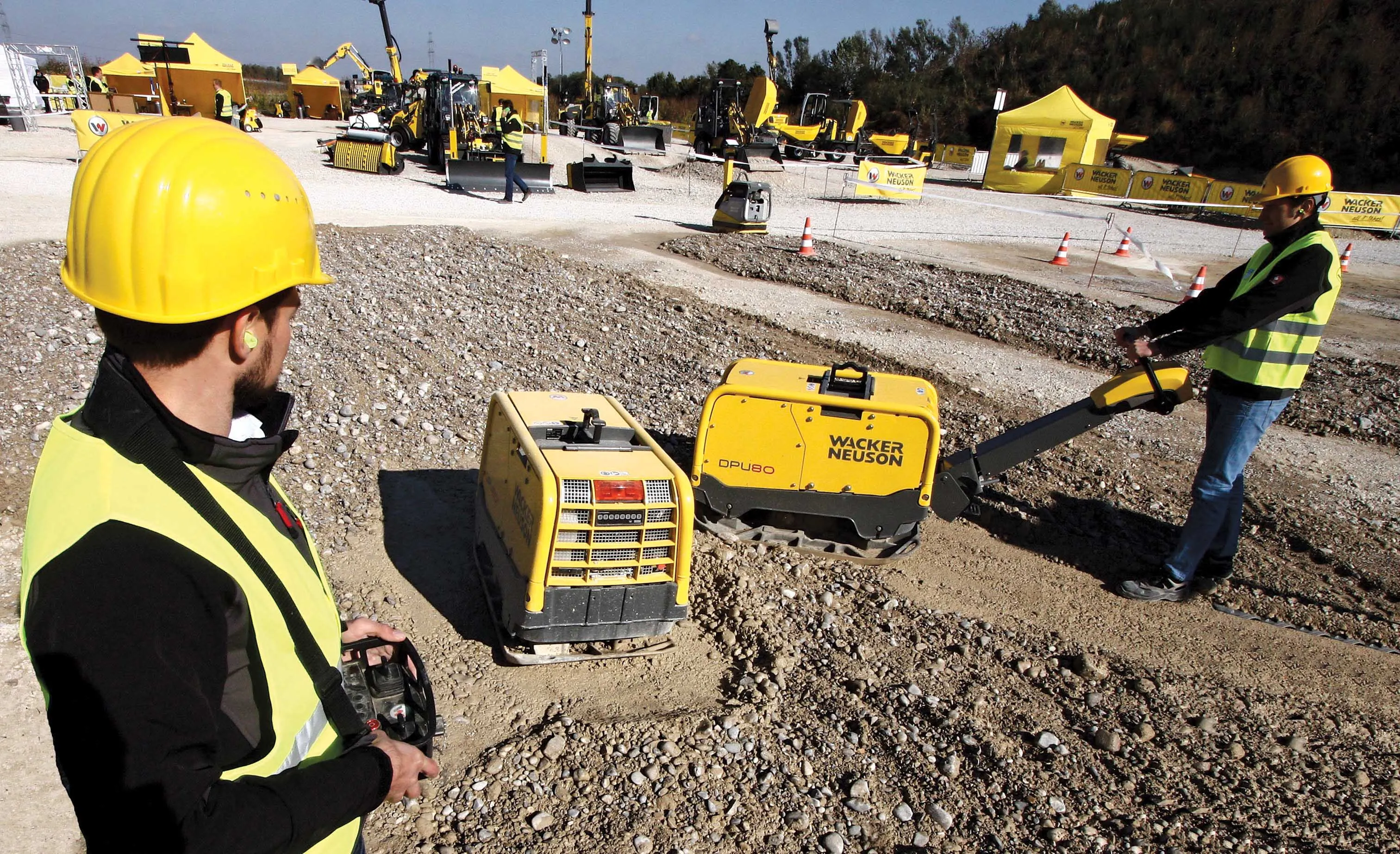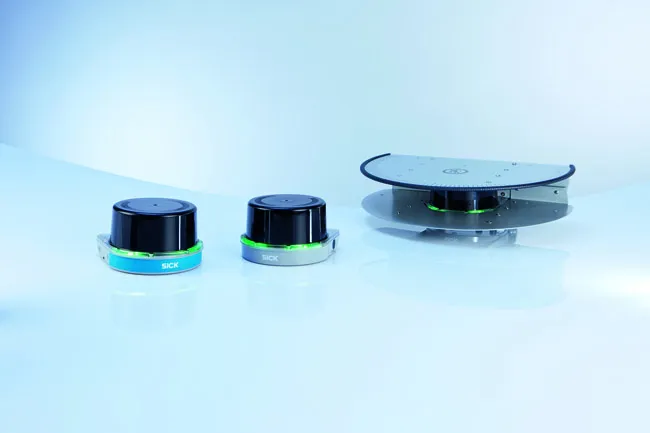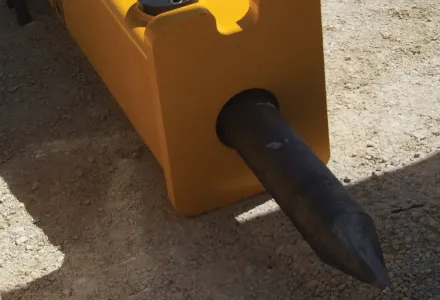Atlas Copco is offering a versatile, twin-handled, walk-behind, vibrating screed for use in concrete applications. Compact, single-beam vibrating screed allows contractors to level concrete in a variety of applications, including garage floors and driveways as well as in confined areas.
The BV30’s interchangeable blades, lightweight aluminum body and rigid screed blade provide maximum versatility, easy handling and stability. Atlas Copco exhibited the BV30 vibrating screed at World of Concrete, Feb. 3-5
May 19, 2015
Read time: 2 mins
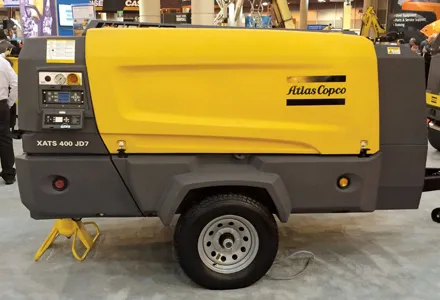
Atlas Copco is offering a versatile, twin-handled, walk-behind, vibrating screed for use in concrete applications. Compact, single-beam vibrating screed allows contractors to level concrete in a variety of applications, including garage floors and driveways as well as in confined areas.
The BV30’s interchangeable blades, lightweight aluminum body and rigid screed blade provide maximum versatility, easy handling and stability.161 Atlas Copco exhibited the BV30 vibrating screed at World of Concrete, Feb. 3-5, 2015.
The BV30 weighs as little as 13kg and is available with five blade sizes, ranging from 6 to 14 feet long. The variety of blade sizes gives contractors the flexibility to use the screed on both small- and large-scale jobs. The screed is equipped with a V-shaped, rigid bottom plate that prevents the blade from twisting to ensure stable and consistent levelling. And because the screed vibrates, it eliminates the need for pokers while levelling concrete as deep as 5 inches.
This single-beam vibrating screed offers a height-adjustable, foldable handle for easy operation and transportation. It can be manoeuvred by one operator and includes unique features, such as an adjustable centrifugal force of the screed. This feature is ideal for efficient levelling of nearly any type of concrete.
The BV30’s interchangeable blades, lightweight aluminum body and rigid screed blade provide maximum versatility, easy handling and stability.
The BV30 weighs as little as 13kg and is available with five blade sizes, ranging from 6 to 14 feet long. The variety of blade sizes gives contractors the flexibility to use the screed on both small- and large-scale jobs. The screed is equipped with a V-shaped, rigid bottom plate that prevents the blade from twisting to ensure stable and consistent levelling. And because the screed vibrates, it eliminates the need for pokers while levelling concrete as deep as 5 inches.
This single-beam vibrating screed offers a height-adjustable, foldable handle for easy operation and transportation. It can be manoeuvred by one operator and includes unique features, such as an adjustable centrifugal force of the screed. This feature is ideal for efficient levelling of nearly any type of concrete.


